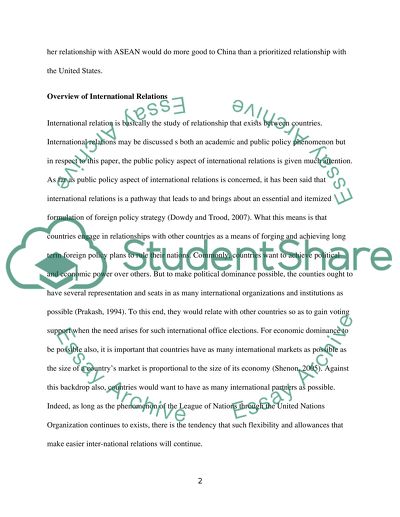Cite this document
(“'China should prioritise improving its relationship with the ASEAN Essay”, n.d.)
'China should prioritise improving its relationship with the ASEAN Essay. Retrieved from https://studentshare.org/history/1473363-ychchina-should-prioritise-improving-its
'China should prioritise improving its relationship with the ASEAN Essay. Retrieved from https://studentshare.org/history/1473363-ychchina-should-prioritise-improving-its
('China Should Prioritise Improving Its Relationship With the ASEAN Essay)
'China Should Prioritise Improving Its Relationship With the ASEAN Essay. https://studentshare.org/history/1473363-ychchina-should-prioritise-improving-its.
'China Should Prioritise Improving Its Relationship With the ASEAN Essay. https://studentshare.org/history/1473363-ychchina-should-prioritise-improving-its.
“'China Should Prioritise Improving Its Relationship With the ASEAN Essay”, n.d. https://studentshare.org/history/1473363-ychchina-should-prioritise-improving-its.


